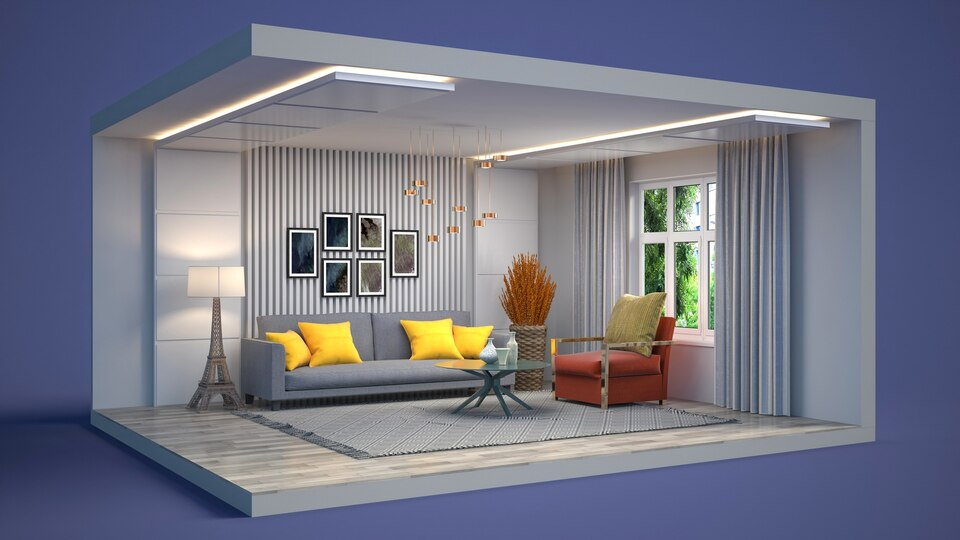How to Use AI in Interior Design?
June 28, 2023 by visak visak
In recent years, artificial intelligence (AI) has rapidly transformed numerous industries, and interior design is no exception. AI technologies offer innovative tools and techniques that can revolutionize the way designers plan, visualize, and execute their creative ideas. By leveraging AI in interior design, professionals can streamline their processes, enhance design accuracy, and provide personalized experiences to clients. In this article, we will explore the various ways AI can be used in interior design and how it can revolutionize the industry.
- Virtual Reality and Augmented Reality
AI-powered virtual reality (VR) and augmented reality (AR) technologies have significantly impacted the field of interior design. Designers can now create immersive 3D environments that allow clients to visualize and experience their designs before they are implemented. VR and AR applications enable users to virtually walk through spaces, change furniture and finishes in real-time, and gain a realistic sense of scale and proportions. This technology enhances communication between designers and clients, reduces errors, and enables better decision-making.
- Automated Space Planning
AI algorithms can assist interior designers in generating optimized space plans based on specific requirements and constraints. By inputting essential information such as room dimensions, furniture preferences, and traffic flow, AI-powered software can automatically create functional and aesthetically pleasing layouts. This streamlines the design process, saves time, and enables designers to focus more on creative aspects while leaving the technical aspects to the AI algorithms.
- Intelligent Material and Color Selection
Selecting the right materials and colors is crucial in interior design. AI can analyze vast databases of materials, finishes, and colors to provide designers with intelligent recommendations based on their design objectives and client preferences. AI algorithms can consider factors like lighting conditions, spatial dimensions, and existing elements to suggest harmonious combinations. By leveraging AI for material and color selection, designers can explore a wider range of options, improve the accuracy of their choices, and create visually stunning spaces.
- Smart Lighting Solutions
Lighting plays a significant role in interior design, affecting the ambiance, functionality, and aesthetics of a space. AI-powered lighting systems utilize sensors, machine learning algorithms, and natural language processing to adapt lighting conditions dynamically. These systems can automatically adjust the intensity, color temperature, and even the direction of light based on factors such as occupancy, time of day, and user preferences. Smart lighting solutions not only enhance energy efficiency but also enable designers to create personalized lighting experiences tailored to each space and its occupants.
- Predictive Design and Analysis
AI can analyze vast amounts of design data, historical trends, and user preferences to predict design outcomes and optimize various aspects of interior design. By leveraging machine learning algorithms, designers can anticipate how different design elements will interact, forecast potential challenges, and make data-driven decisions. AI can also analyze user feedback and behavior to improve future designs and create more personalized spaces that cater to specific needs and preferences.
The integration of AI in interior design has brought about significant advancements, transforming the way professionals approach their work. From virtual reality and augmented reality experiences to automated space planning, intelligent material and color selection, smart lighting solutions, and predictive design analysis, AI technologies offer a range of benefits that streamline processes, enhance creativity, and improve client satisfaction. As the field of AI continues to evolve, interior designers can expect further innovations and opportunities to leverage these technologies to create exceptional spaces that meet the unique needs and desires of their clients.